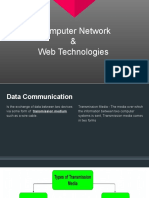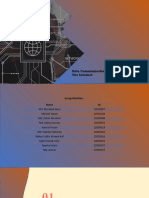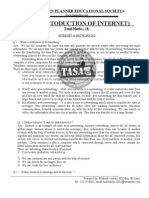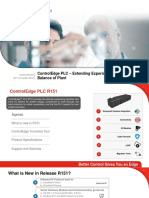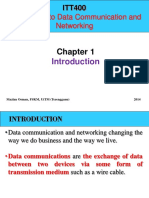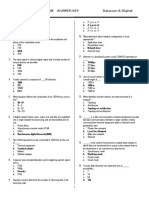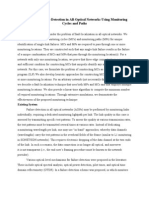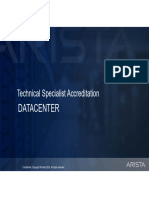0% found this document useful (0 votes)
57 views99 pagesUNIT 3-Basic Computer Applications
The document discusses computer communication networks, detailing types such as PAN, LAN, MAN, and WAN, along with their advantages and disadvantages. It also covers network topologies like bus, star, ring, mesh, and hybrid, explaining their characteristics and implications. Additionally, it explores telecommunication systems, their components, functions, advantages, and disadvantages, as well as applications of the internet and related technologies.
Uploaded by
marcelmartin816Copyright
© © All Rights Reserved
We take content rights seriously. If you suspect this is your content, claim it here.
Available Formats
Download as PDF, TXT or read online on Scribd
0% found this document useful (0 votes)
57 views99 pagesUNIT 3-Basic Computer Applications
The document discusses computer communication networks, detailing types such as PAN, LAN, MAN, and WAN, along with their advantages and disadvantages. It also covers network topologies like bus, star, ring, mesh, and hybrid, explaining their characteristics and implications. Additionally, it explores telecommunication systems, their components, functions, advantages, and disadvantages, as well as applications of the internet and related technologies.
Uploaded by
marcelmartin816Copyright
© © All Rights Reserved
We take content rights seriously. If you suspect this is your content, claim it here.
Available Formats
Download as PDF, TXT or read online on Scribd
/ 99






